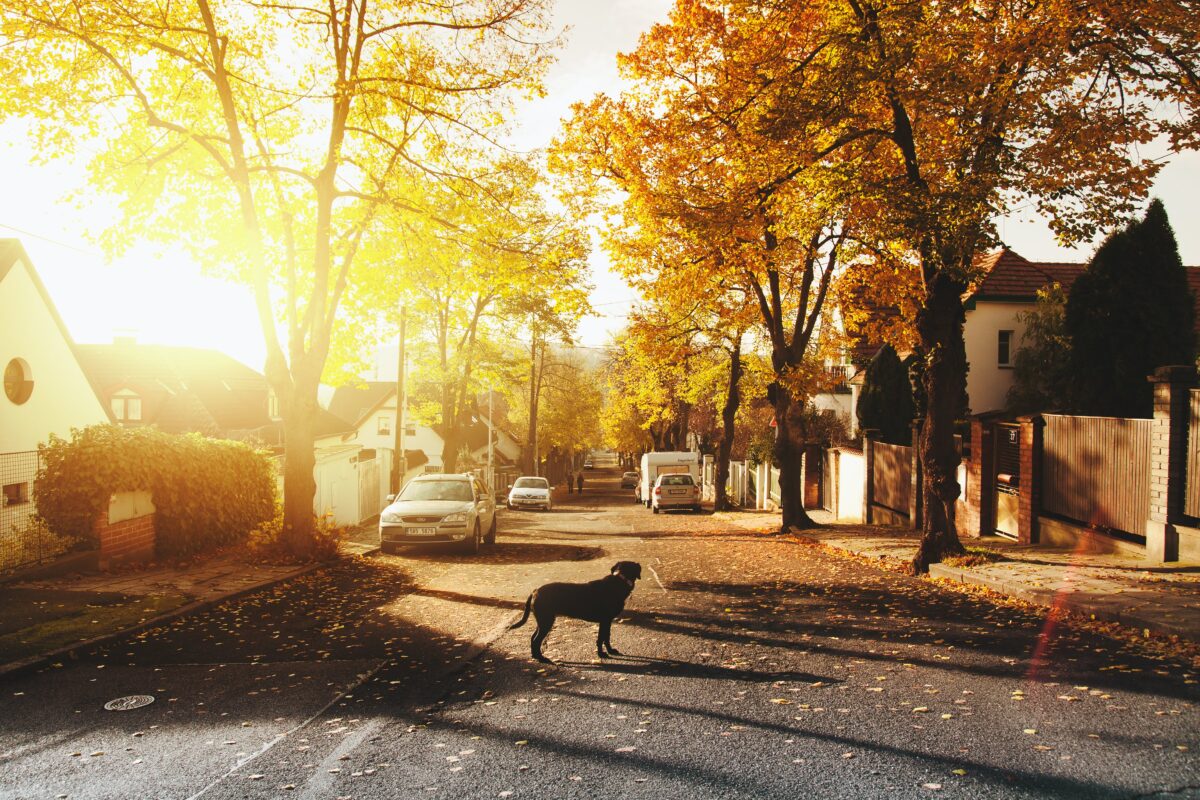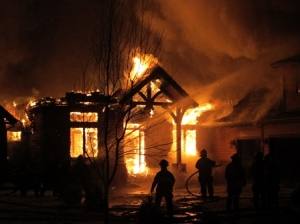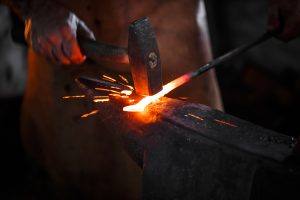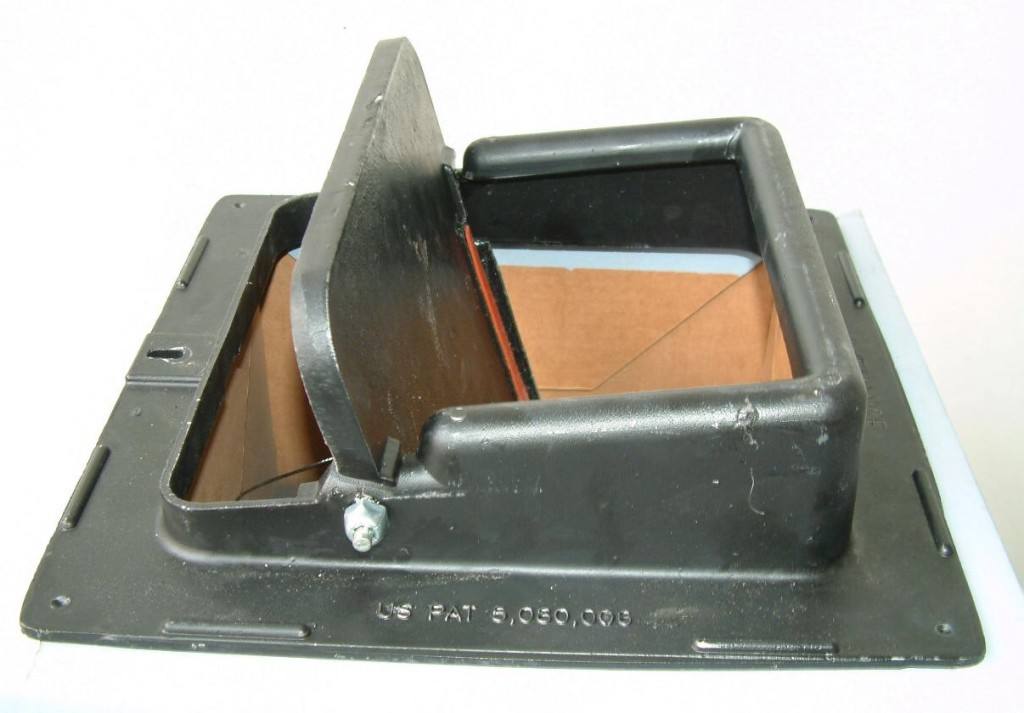Here’s a startling fact: half of the houses in Alameda have unlined chimneys. But what does this mean for you? Simply put, an unlined chimney is a threat to your home’s safety. The absence of a liner poses significant risks – risks that every homeowner should be aware of.
This blog serves to educate our readers on understanding the potential consequences of unlined chimneys, identifying if their homes are at risk, and taking the necessary steps to protect themselves and their loved ones.
Why Liners Matter
Let’s define it first:
A chimney liner, also known as a flue liner, is a conduit made of clay, metal, or ceramic that lines the inside of a chimney. Its primary purpose is to contain the combustion products, direct them to the outside atmosphere, and protect the chimney walls from heat and corrosion.
Understanding the important role of chimney liners is essential for every homeowner. Here’s a deeper dive into why they matter so much:
- Heat Transfer Prevention: One of the primary functions of a chimney liner is to act as a shield, preventing the intense heat generated from your fireplace from directly impacting the surrounding structures of your home. Without this barrier, the heat can transfer to wooden parts of your home’s structure, dramatically increasing the risk of fire.
- Protecting Masonry from Corrosion: Burning wood or gas in your fireplace produces various byproducts, including acids and gases. Over time, these can erode the internal masonry of your chimney. A liner protects the bricks and mortar from this corrosive damage, prolonging the life of your chimney and maintaining its structural integrity.
- Improving Fireplace Efficiency: Liners can improve the draft of your fireplace, meaning it pulls air in and out more effectively. This not only makes your fireplace burn more efficiently but also helps in reducing the buildup of harmful gases like carbon monoxide.
- Preventing Toxic Gas Leakage: One of the more insidious dangers of an unlined or damaged chimney liner is the risk of carbon monoxide and other harmful gases seeping into your home. A well-maintained liner ensures these gases are safely vented out, maintaining the air quality inside your home.
- Compliance with Safety Standards: Modern building codes often require chimney liners for safety reasons. Having an unlined chimney can not only put you at risk but may also be a violation of these codes, potentially leading to legal and insurance complications.
- Tailored to Your Needs: Chimney liners come in different materials – metal, clay, and cast-in-place – each suited to different types of fireplaces and fuels. This customization ensures that your fireplace operates safely and efficiently.
Identifying Your Chimney’s Status: Lined or Unlined?
How to Know for Sure
Determining whether your chimney is lined or unlined can be tricky. Here’s how to approach it:
- Professional Inspection: The safest and most accurate way to know is through a professional chimney sweep service. They use specialized camera equipment to inspect your chimney’s interior thoroughly.
- Visual Clues: Older homes, especially those built before the mid-20th century, are more likely to have unlined chimneys. Look for signs of wear and tear or damage to the chimney structure.
The Risks of Ignoring Unlined Chimneys
Playing with Fire
Ignoring the state of your chimney isn’t just negligent; it’s downright dangerous. An unlined chimney significantly increases the risk of house fires. The heat from your fireplace can easily transfer to exposed parts of your home, leading to disastrous outcomes.
In unlined chimneys, risks are compounded by the gradual degradation of the chimney’s masonry. The intense heat and corrosive byproducts of burning fuel can accelerate the deterioration of the mortar and bricks. This degradation not only compromises the structural integrity of the chimney but also increases the risk of fire and gas leaks.
Health Hazards
It’s not just about fire risks. Unlined chimneys can also lead to health issues. Without a liner, toxic fumes, like carbon monoxide, can seep into your living spaces instead of being safely vented out.
Taking Action: Ensuring Your Chimney is Safe
Step 1: Inspection
The first step is to get your chimney inspected by professionals. This is not a DIY task – it requires expertise and the right tools.
Step 2: Repair and Upgrade
If your chimney is unlined or the existing liner is damaged, it’s crucial to get it repaired or upgraded. Chimney liners can be made from clay, metal, or cast-in-place materials, each with its own benefits.
Step 3: Regular Maintenance
Even if your chimney is lined, regular inspections are key. Over time, liners can also suffer from wear and tear and may require repairs or replacement. Regular chimney maintenance is not just a safety measure; it’s an investment in the longevity and efficiency of your home heating system.
Here’s what this maintenance typically involves:
- Annual Inspections: The National Fire Protection Association (NFPA) recommends that chimneys, fireplaces, and vents be inspected at least once a year. This inspection should be conducted by a certified chimney professional who can assess the condition of the chimney liner and other components of the chimney system.
- Cleaning: Depending on the type of fuel used (like wood, gas, or oil), soot, creosote, and other deposits can accumulate on the liner. These deposits reduce the efficiency of your chimney and pose a significant fire hazard. Regular cleaning, usually performed during the annual inspection, helps remove these deposits and maintains a clear passageway for smoke and gases.
- Checking for Damage: Over time, chimney liners can develop cracks, gaps, or other forms of deterioration. This is particularly common with clay tile liners but can also occur with metal or cast-in-place liners. Damage can be caused by excessive heat, moisture, structural shifting of the home, or just age. During maintenance, the professional will check for such damage.
- Complete Replacement: In cases where the liner is extensively damaged or outdated, a complete replacement may be necessary. This is a more significant undertaking and should be done by experienced professionals. The choice of liner material will depend on the type of heating appliance, the fuel used, and the specific configuration of your chimney.
- Monitoring Performance: Homeowners should be attentive to the performance of their fireplace or heating system. Any changes, such as decreased efficiency, unusual smells, or visible smoke inside the home should prompt an immediate inspection.
- Awareness of Changes in Standards and Regulations: Building codes and safety standards can change over time. Regular maintenance checks can ensure that your chimney system remains in compliance with the latest regulations.
- Keeping Records: Keeping records of all inspections, cleanings, and repairs is a good practice. This documentation can be helpful for warranty purposes, resale of the home, and for your own reference to track the condition of your chimney over time.
Regular maintenance of your chimney liner is not just about preventing fires; it’s about ensuring the overall health and efficiency of your home’s heating system. By staying on top of maintenance, you extend the life of your chimney, improve the air quality in your home, and ensure a safer living environment.
The Bottom Line: Safety First
The risks associated with unlined chimneys are too significant to ignore. It’s not just about complying with safety standards; it’s about protecting your home and loved ones.
Here’s where experts like The Irish Sweep come into the picture. With years of experience and the latest technology, we offer comprehensive chimney services – from inspection to repair and maintenance.
Why Choose The Irish Sweep?
- Expertise: We have the skills and knowledge to accurately assess and address chimney issues.
- Technology: We utilize the latest tools for thorough inspections and repairs.
- Customer Focus: Our commitment to customer satisfaction ensures that your chimney is not just fixed, but your peace of mind is restored too.
Contact The Irish Sweep for a professional chimney inspection and necessary upgrades. We’re more than a service provider; we’re your partner in ensuring a safe and cozy home environment.





